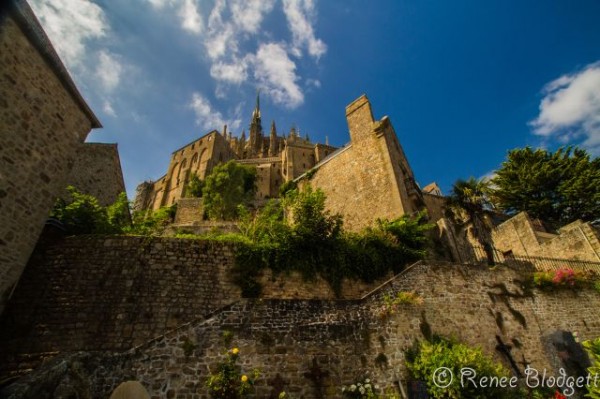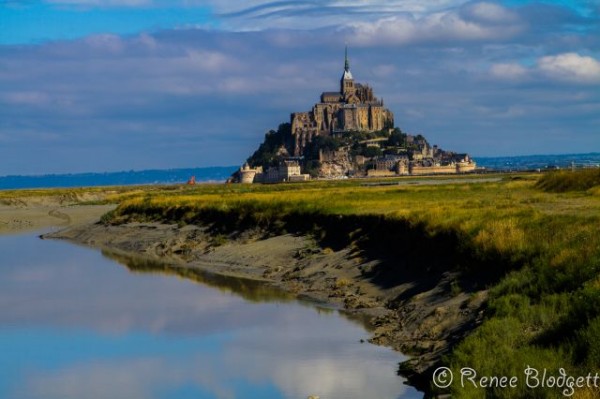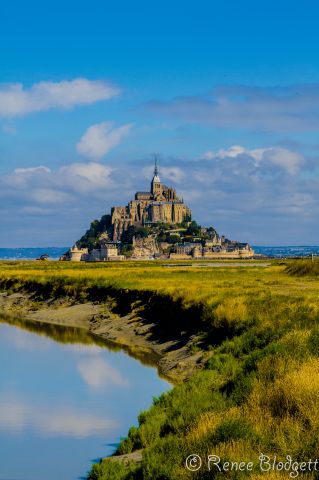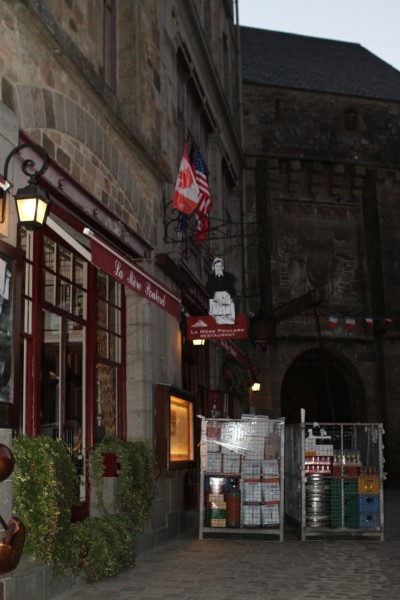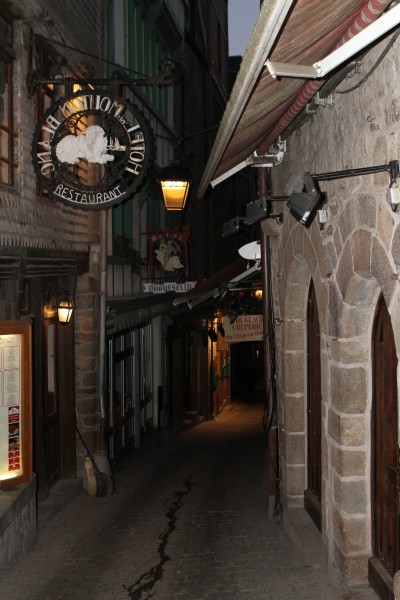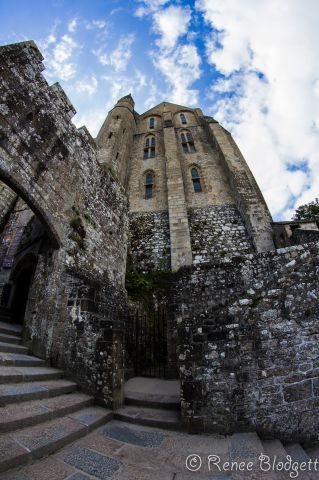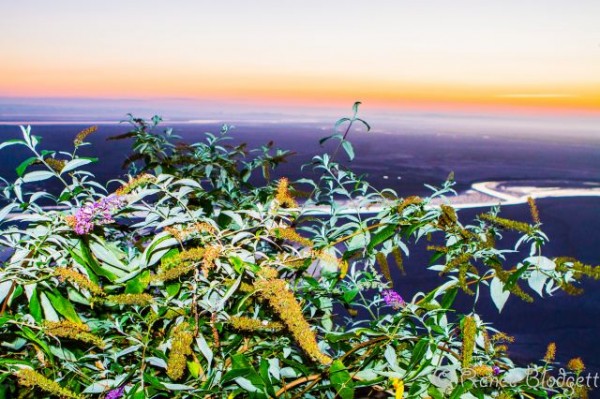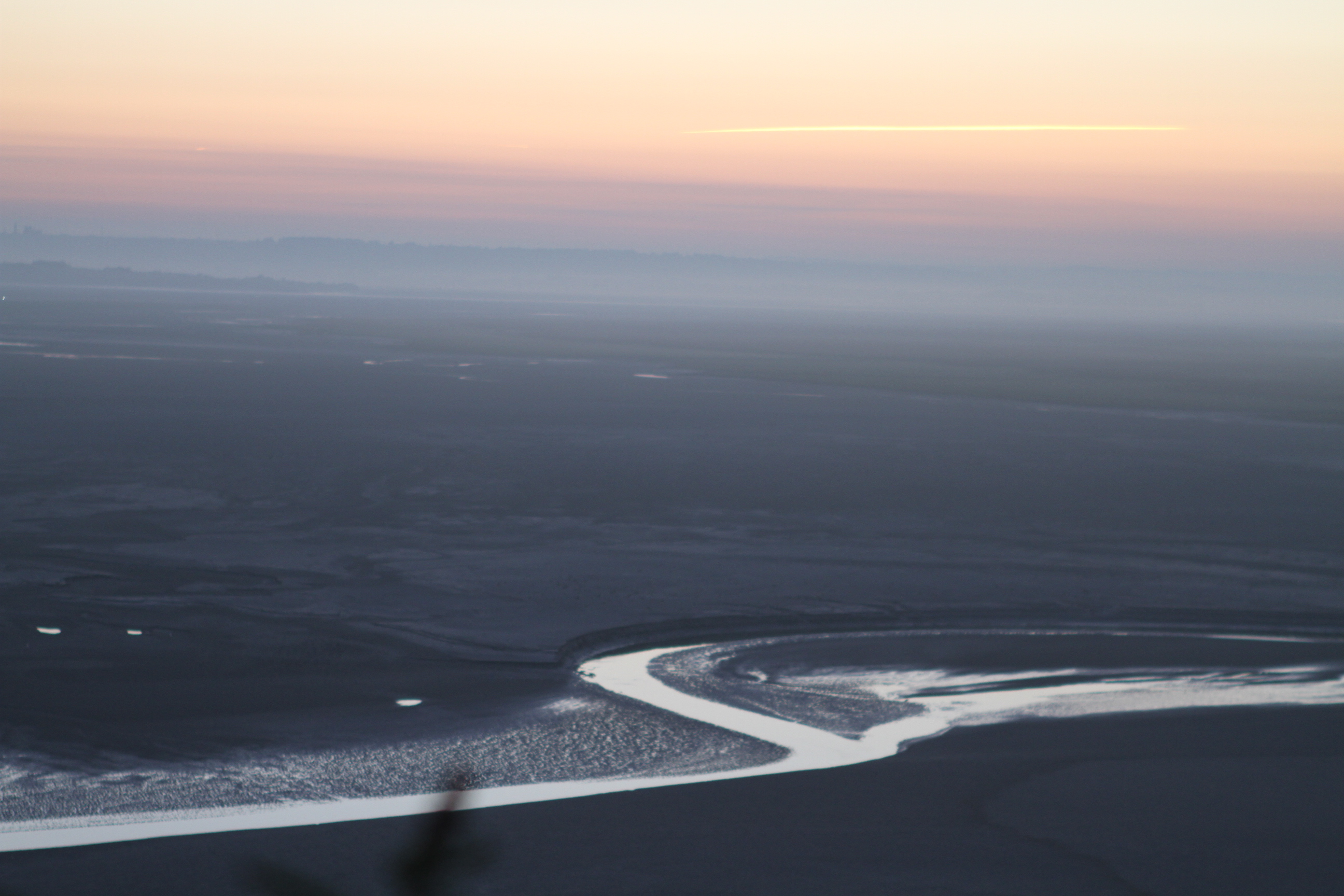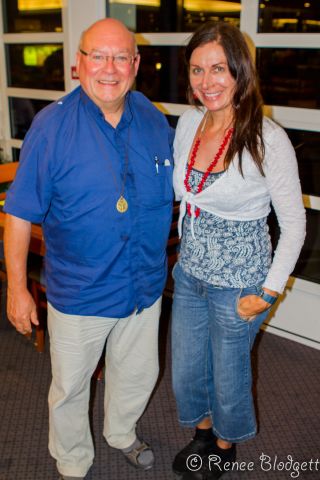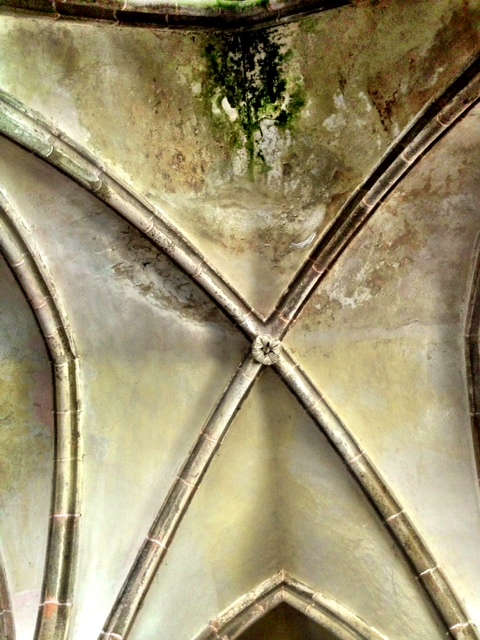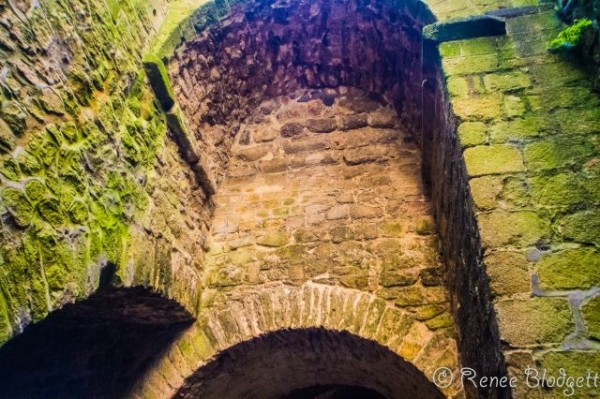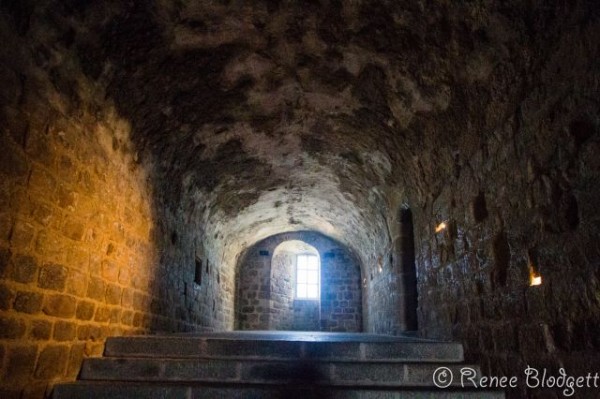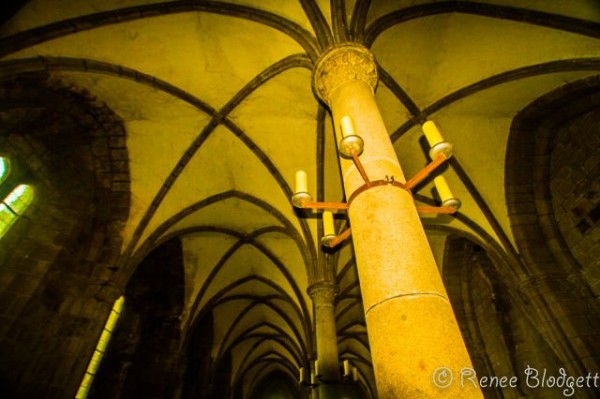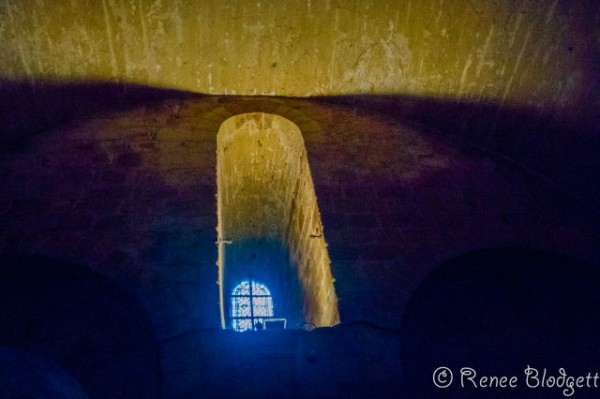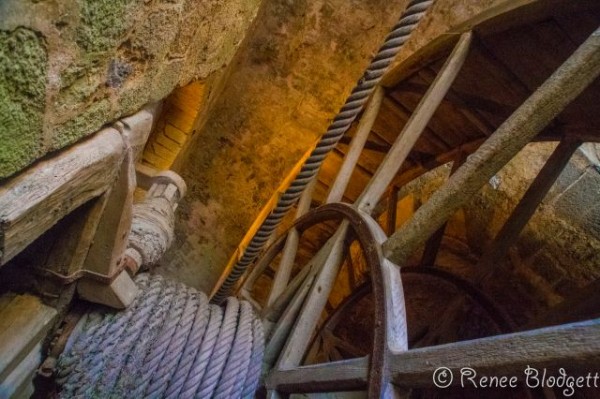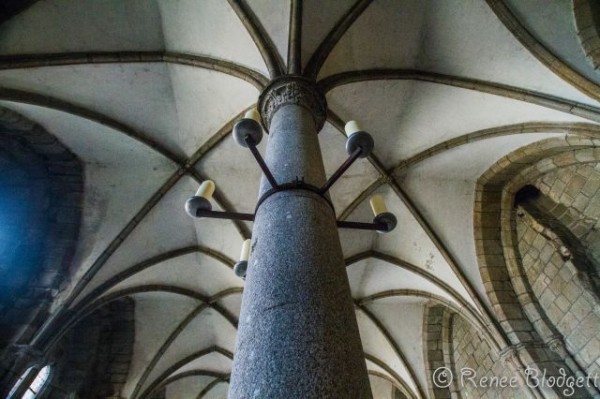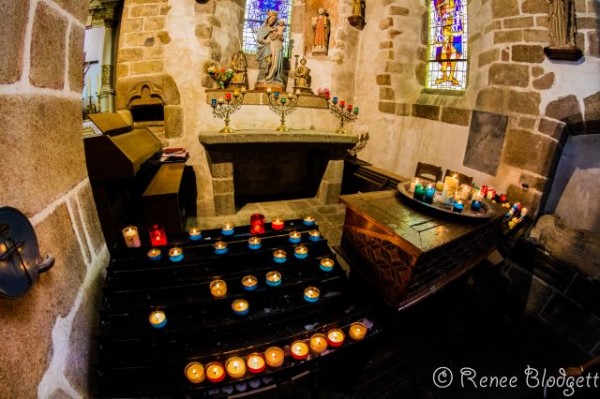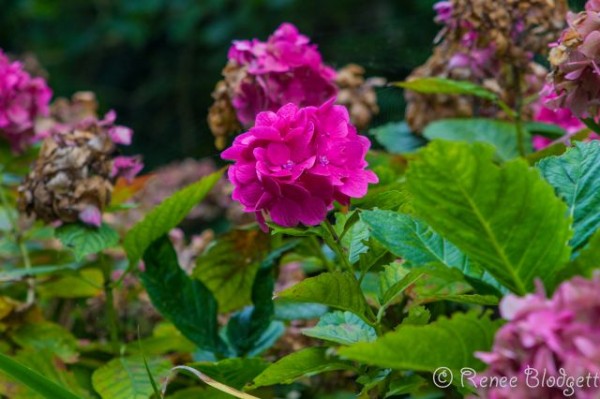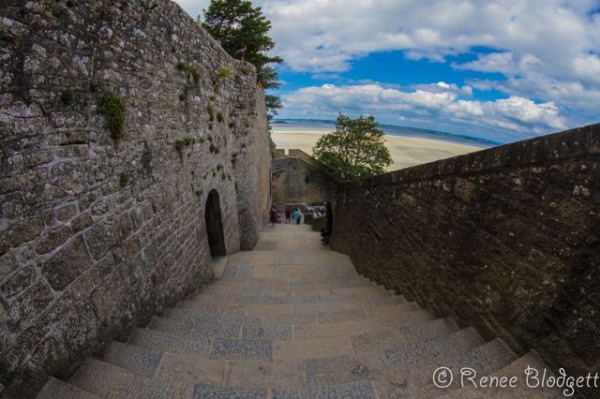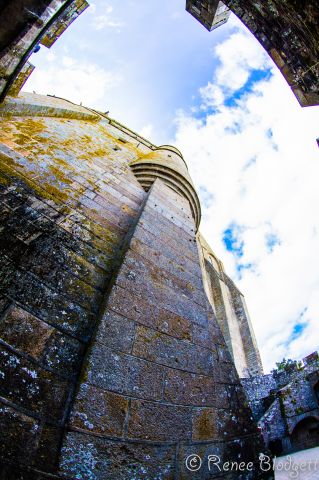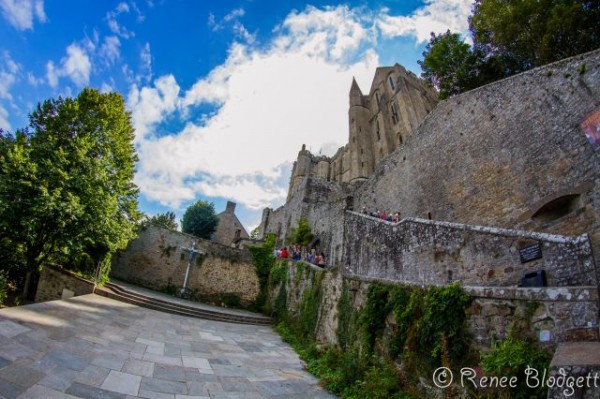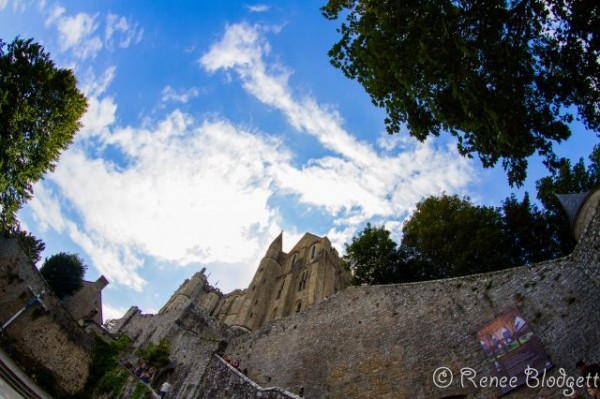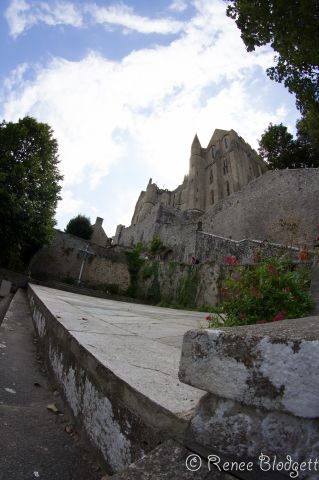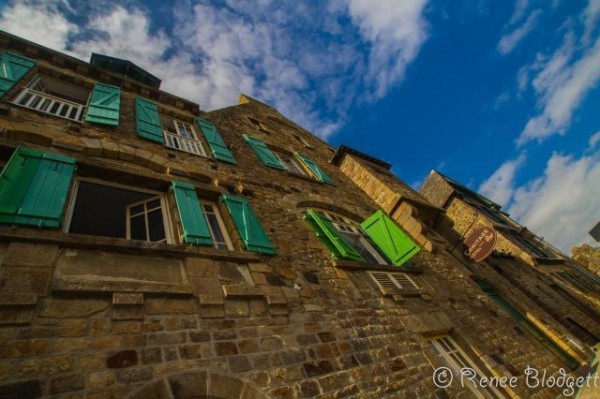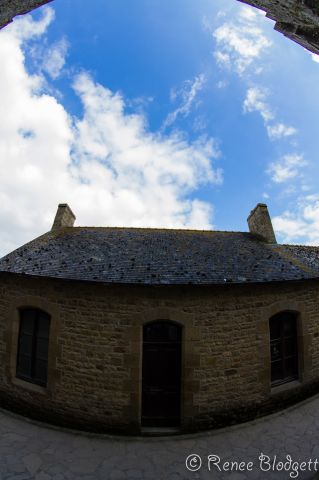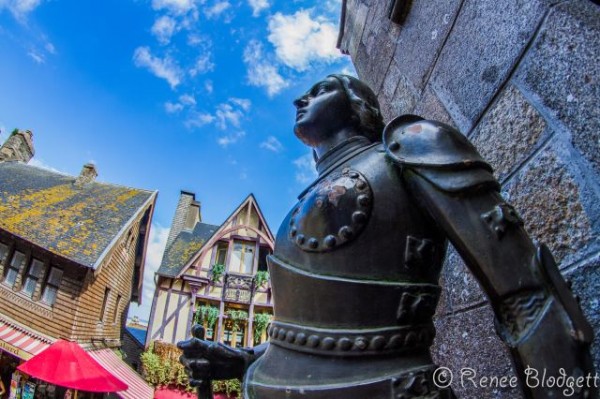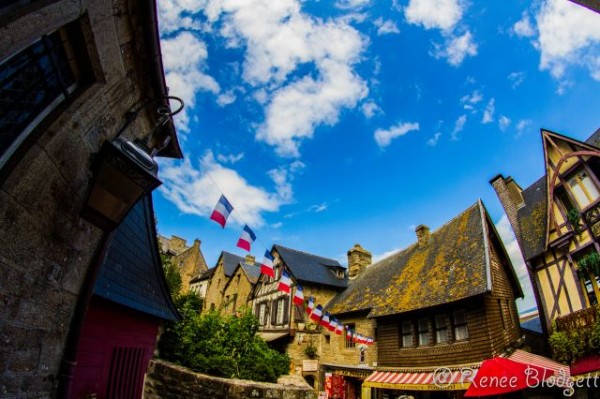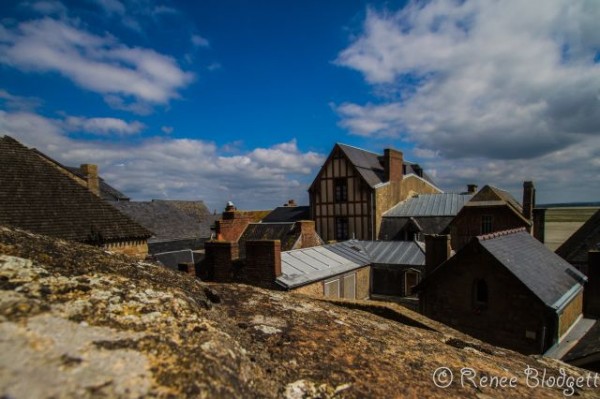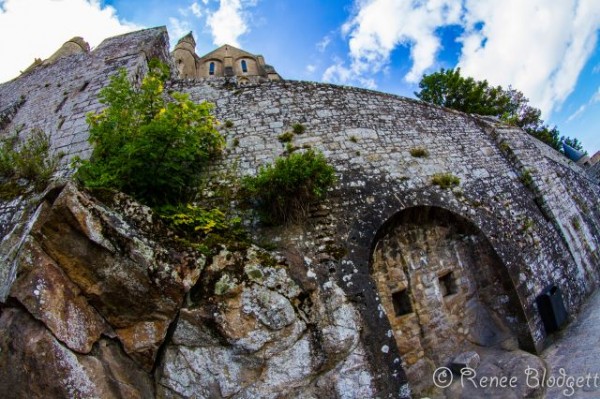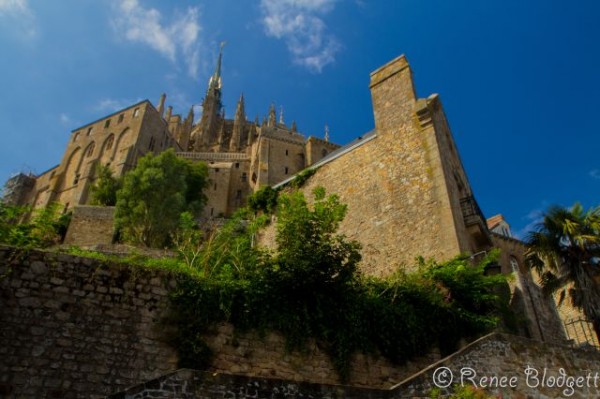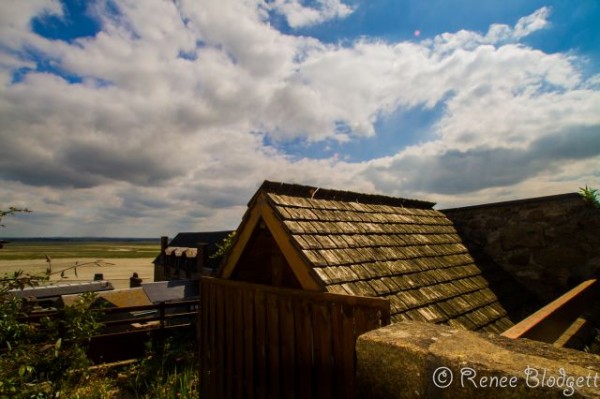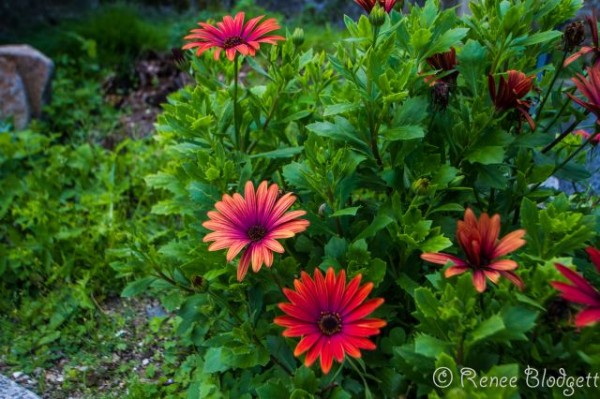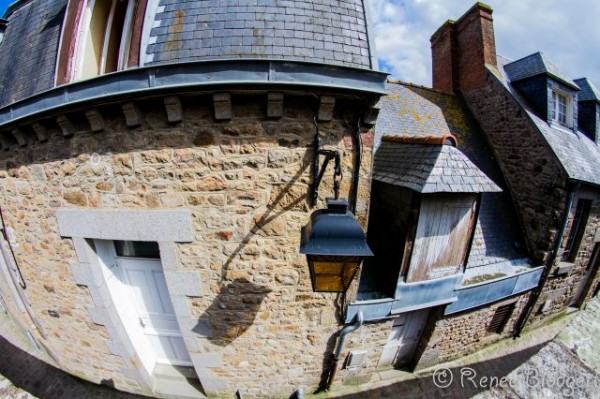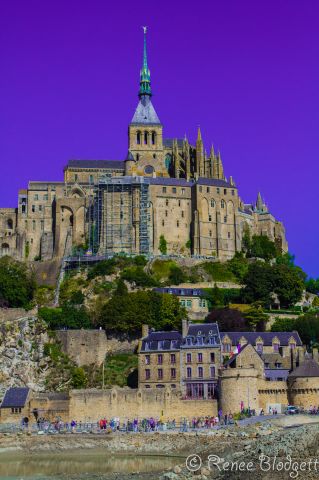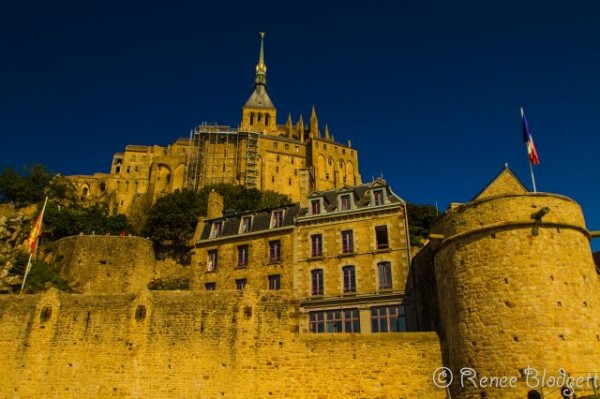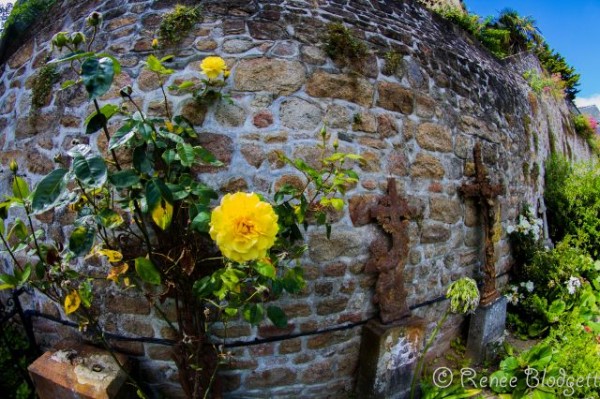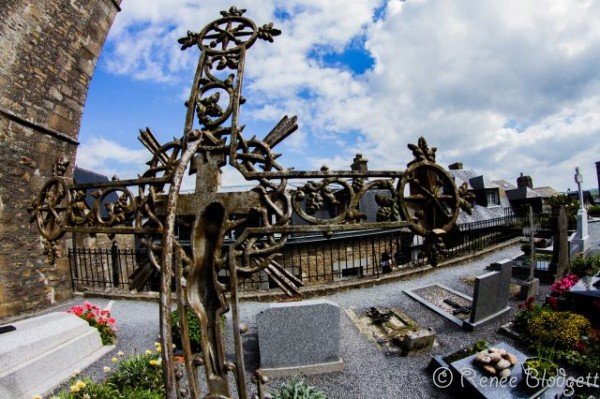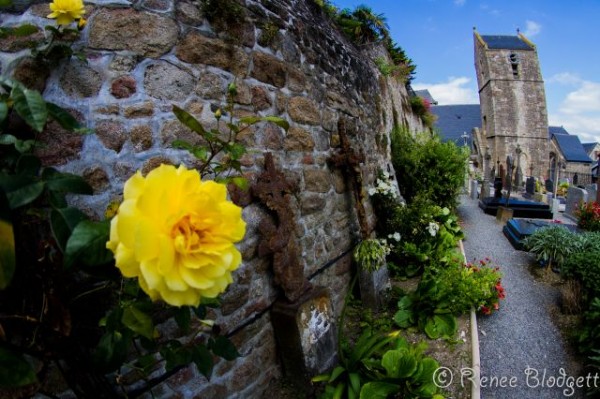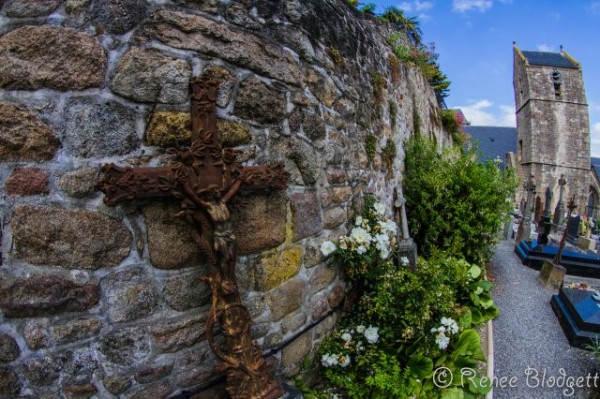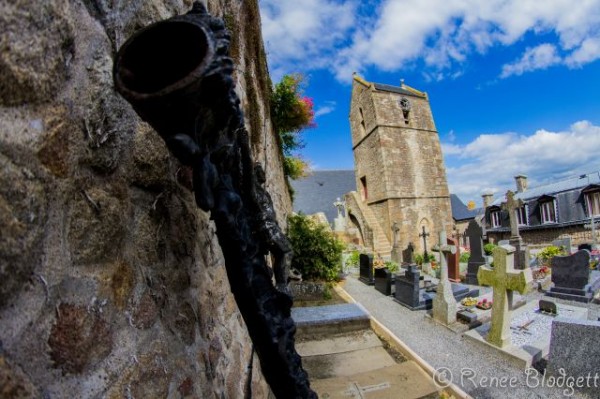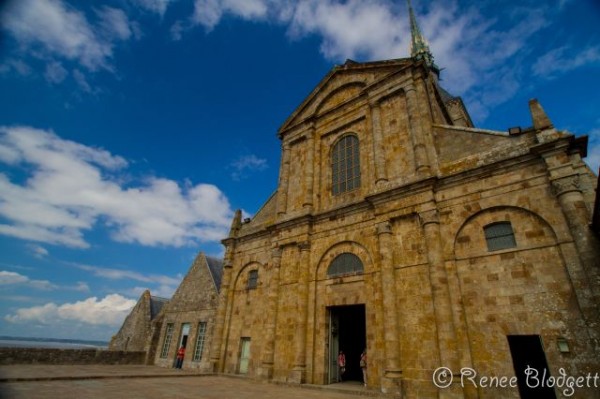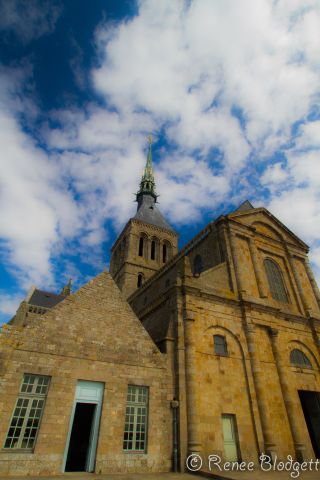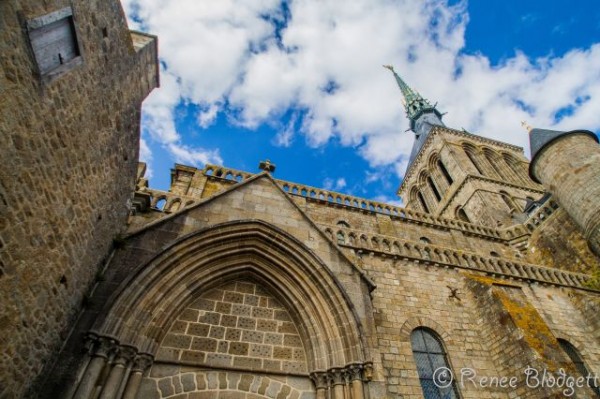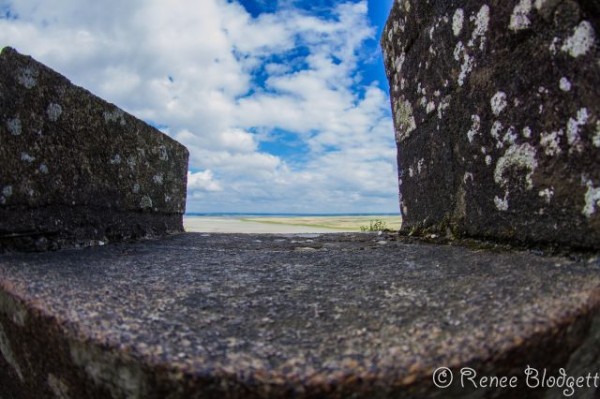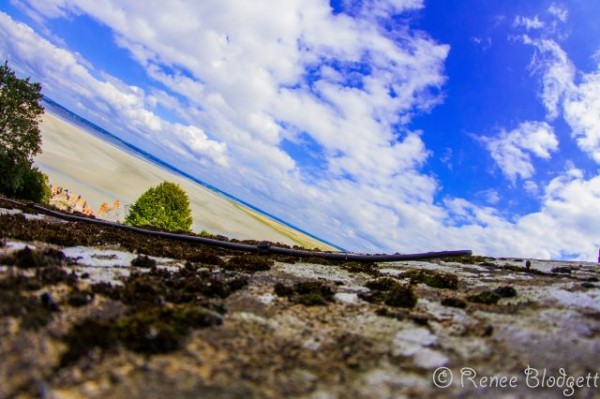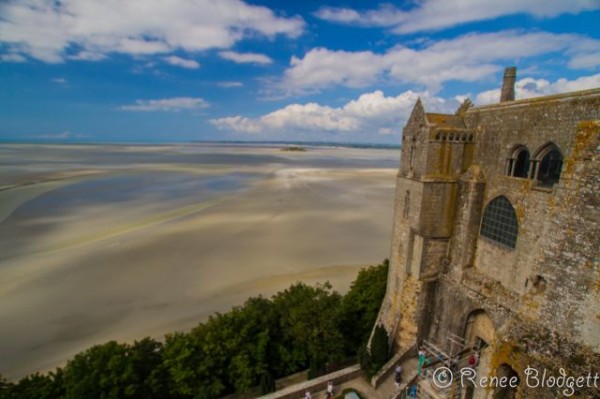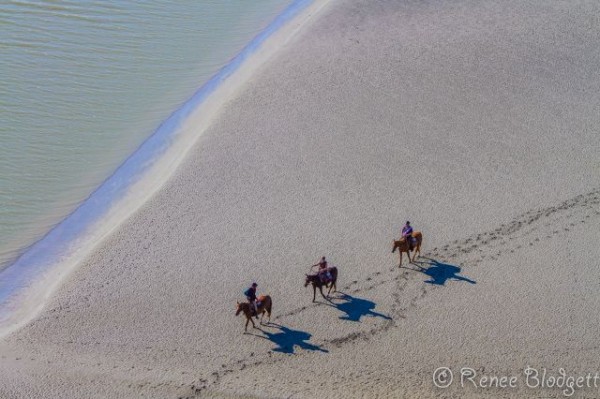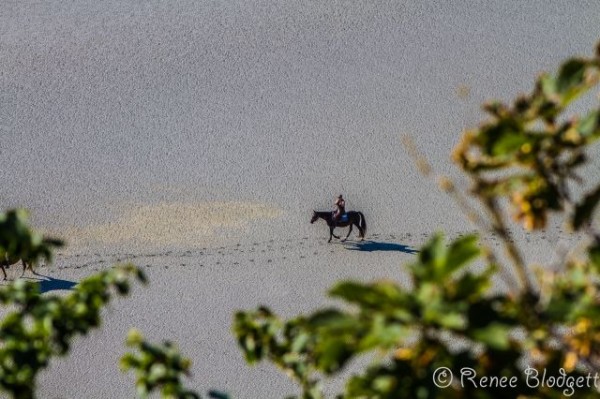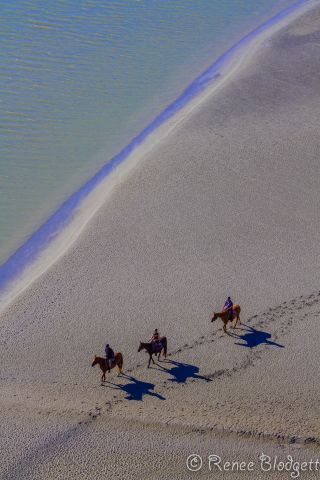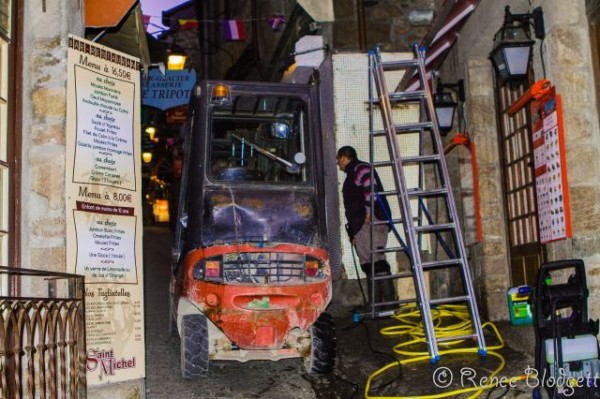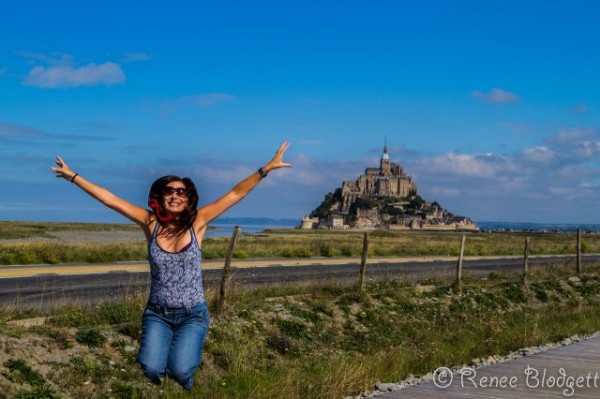Rewind the clock to over twenty years ago. I’m in my early twenties and hitching my way through France…every nook and cranny of her, from the castles and valleys in the south, to Dijon, Lyon, the Loire Valley and Paris, through the coastline of Brittany and then to northern Normandy. I was young and my luggage and budget were both slight — back then, it was more about the discovery and meeting new people than it was about capturing an experience. Today, I somehow manage to do both.
There was a magical and remarkable place I visited oh so long ago on that lovely and free-spirited summer that has remained on my mind since I first set eyes on her. I didn’t have a serious camera at the time so never managed to get high quality shots of this magical, remarkable place and so I decided to make up for it this time. Welcome to Mont Saint Michel on the northern coast of France.
Mont Saint-Michel is an island commune approximately one kilometer off the country’s northwestern coast, at the mouth of the Couesnon River near Avranches. It boasts several marvels of medieval architecture, with all the rooms related to monastic life stacked on top of each other around the top of the rock. The pre-Romanesque church was built before the year one thousand. Founded, according to legend, after the appearance of the archangel Saint Michel, the monastery grew from the 10th to the 15th century on several floors around the abbey church.
The view at a distance is breathtaking and you’re not quite sure what to do with her before you enter her walls. You’re eager to get there and somehow, she feels untouchable somehow, almost sacred.
Sacred she most definitely is…. As you make your way over the bridge and start to walk up the meandering cobblestone streets to the top of Mont Saint Michel, you’re struck by the vastness of her while absorbing the site’s ancient historical and spiritual significance to France.
You start at the entrance through Bavole Gate, where you have little choice but to follow a single cobblestone street – Cour de l’Avancee. You’ll pass the Michelettes, the Boulevard Gate (built in the 15th century), the barbicon with its embrasures and loopholes, the King’s Gate, where the portcullis is visible and the Town Hall. There’s a pretty arcade house with a timber frame on the right, the well known Siren’s House and the silver statue of St. Michael and its chevet that extends over the street.
Aside from the myriad of shops and restaurants at the beginning of the main street, you’re mostly greeted with ancient stone on all sides as you begin to make your climb.
Once you pass the cafes and restaurants on both sides of lower Cour de l’Avancee, you’ll marvel at the charming houses with pointed gables, huddled close together. Every architectural style and historical period can be seen here, from the Early Middle Ages to Flamboyant Gothic (10th to 15th centuries).
The Abbey of Mont Saint Michel is one of the most remarkable examples of medieval religious and military architecture and is known to be one of Christianity’s most important pilgrimage sites from the 8th to the 18th century. The Abbey comprises an ensemble of clerical buildings, which includes the abbey church, the cloister, the refectory, the monks’ ambulatory and the gardens, which has been known as the “Merveille” (Marvel) since the 12th century.
Even though there are 8-10 hotels or places to stay inside the walls of Saint Michel, I actually stayed in a nunnery (yes, really). Each room was about as basic as it gets – two single beds to a room, a table separating them, a simple sink in the room and a table. All the rooms had glorious views, some better than others. Mine had a view of the beach below the abbey, where people can go horseback riding during warmer months. Both shots were taken out of my stone window between 6 and 6:30 am.
I had the great fortune of meeting Father Andre Fournier who is the primary Recteur du Sanctuaire of Saint Michel. He always seemed to wear a smile on his face and his rosy red cheeks were likely the combination of the weathered cold temperatures and wind from living on the northern coast year after year and his love of red wine, which I was thrilled to see him embrace.
So often, you hear about about religious people who won’t deviate from anything that isn’t pure, even in the modest of ways, like alcohol for example. When I asked Father Fournier about this, he just shrugged his shoulders as if it wasn’t really a conversation starter. He’s French after all, he said, so like the cross that so many New York Italians wear, which is often more cultural than it is spiritual, the French passion for wine and integration of it into their daily diet is in fact, very cultural. It was let’s just say, refreshing.
Father Fournier shared some stories from his life before we got an official tour of the abbey, the cemetary and the church. His lodging is on the main drag leading up to Mont Saint Michel, which was adjacent to the nunnery where we were staying.
I learned a lot from my chat with Father Fournier, the man who never seems to lose the smile from his face. Having lived on Mont Saint Michel for over a couple decades now, his life is simple yet, blessed and.…happy. He has prayer times every day at 7:00 am, 12:15 pm and 6:30 pm, not a bad schedule when you consider my own. You can feel his spiritual presence and I felt blessed to get so much time with him. The brothers and sisters of the Jerusalem Community are also a spiritual presence in the area and have supported the abbey with their prayers since 2001.
Life is somewhat limited socially for those who live year round on Mont Saint Michel since the ‘actual’ population is so small. Despite building modifications and improvements, getting to Mont Saint Michel by car is still restricted. This is a place where people with traditional jobs don’t live; the winds in the winter are cold and days are short.
There are under 25 people who live there year round, including Father Fournier who lives at the parish. You have to carry everything since you can’t get through the small cobblestone streets easily in a car and the houses are very small. People typically choose to live outside the walls of Mont Saint Michel, where there is more flexibility and frankly, more space.
There are only 8 hotels within the walls of Mont Saint Michel and while the populations numbers today are under 30, they did have around 150 people living there about a 100 years ago. Residents were mostly in the fishing industry, one of my hosts tells me and it was very poor.
The impressive structure was first built in 708 and three levels remain today. The monks and benediction monks would eat at the top, rich pilgrims sat on the second level and the bottom level was reserved for the poor. Roughly 60 monks lived here in the 12th century however only one monk could talk and it was he who would read religious passages – for the rest of the time they were all silent.
Of course in the 12th century, remember that he had to read by daylight – there were and are only 59 windows – but today, they can obviously add more light into darker areas. Five times a year, the monks eat with the nuns, otherwise they all eat alone. There’s also a massive feast every year, with roughly 100 people, which include the people of the village, people who work there, the association who supports the tourism board and a handful of others. They eat (well) and it wouldn’t be a French feast of course without wine, so yes, they drink wine. They do not eat beef, lamb or pork however, but do eat chicken, duck and turkey and geese.
In 708, there were only 12 monks. Currently, there are only five monks and seven nuns, the youngest being around 30 and the oldest around 65. For the benediction monks, the garden is important. Weather greatly prohibited gardens surviving and thriving in the 17th century but now they have a courtyard loaded with roses and bushes.
Granite is what is widely used here. In the 13th century, they only used wood and granite, mostly granite because it is the primary stone of the area, and this is evidenced inside Mont Michel’s walls.
Making your way up to the top, you have a series of choices to make, some of which involve inside exploration of roughly 20 rooms. The granite, depending on the light of the day, is spectacular yet a reminder of how cold (and harsh) life was for the monks of the 15th and 16th centuries.
Below, Gaelle shares her knowledge of the Abbey.
When you come back out onto the main cobblestone street that leads you to the top, the diversity of what meets your gaze is broad — from natural green trees and flowers, to ancient stone structures and a cemetary that gives the word “old” a whole new meaning.
She’s breathtaking, magestic, ancient, wise, spiritual and ever knowing….
The cemetary was quite possibly my favorite stop — I found it hard to leave as there were so many nooks and crannies to explore despite its intimate size.
At the top, you’re met with even more grandiose architecture and history.
From the top, you’ll be met with spectacular views on all sides. It’s rare to get crystal clear blue skies along the Normandy coast, so we were blessed with not only incredible hosts, but incredible weather.
You can go horseback riding along the beach – the experience is beyond spectacular. In fact, I’d argue that it is one of those life time experiences you rarely have a chance to seize. If you get the opportunity, take it!!
We left at some insanely early hour on our second morning and the tiny and narrow populated street hadn’t quite woken up. Yet, I fell upon this narrow truck attempting to carry materials needed for a local construction project. The streets are so narrow that I could barely fit around the truck with my luggage.
Coming back to this sacred place after so many years was a gift….one of those rare gifts that the universe rewards you with when your intentions are pure and your desire to see someone or ‘thing’ is equally pure. Mont Saint Michel was like that for me 25 years ago and it blessed me with as many incredible memories on this trip as it did back then. Worth the trip? I think it goes without saying or perhaps I should just let this picture speak for itself.
One last thing to note is a project that is underway to protect Mont Saint Michel, which I hadn’t mentioned yet, but is a UNESCO world heritage site. With over 2.5 million visitors every year, the site is being threatened by the progress of silt and sand around the rock. This sand encroachment phenomenon in the bay is natural, but has been amplified by human activities around the Mont.
The French Government, Europe and local authorities have joined forces to preserve Mont Saint Michel in its original setting. Launched in 2005, the operation to restore it and put the Mont back in phase with the tides again, is slated to be finished sometime in 2015. As an aside, they plan to add a new car park 2.5 kilometers away from the Mont and new pedestrian pathways from the car park to the Mont.
Details:
Abbaye du Mont Saint Michel
B.P. 22 – 50170 Le Mont Saint Michel
Normandy France
011.33.0.2.33.89.80.00
Useful websites:
www.machetourism.com
www.ot-montsaintmichel.com
www.monuments-nationaux.fr
www.projectmontsaintmiche.fr
- 9 km north of the Caen/Rennes and Caen/Saint-Malo main roads, 22 km southwest of Avranches and 9 km from Pontorson
- From Saint-Malo, exit 2 via D155 Pontorson along the coast road
- From Caen: exit 8 via RN175 Rennes to the D43
Read our other articles on the area, including our experiences in Auray in Brittany: Auray’s culture and historical past, Spiritual Auray and the organ concert at the Basilica St. Anne.
Also be sure to check out our Brittany/Normandy food & wine section (and posts), as well as our general section on Brittany/Normandy. And, of course for the passionate about all things France, we have quite a bit of content in our France section as well as Paris.
Note: my trip to Normandy was hosted by the French Tourism Office, however all opinions expressed here are entirely my own.

Renee Blodgett is the founder of We Blog the World. The site combines the magic of an online culture and travel magazine with a global blog network and has contributors from every continent in the world. Having lived in 10 countries and explored nearly 80, she is an avid traveler, and a lover, observer and participant in cultural diversity.
She is also the CEO and founder of Magic Sauce Media, a new media services consultancy focused on viral marketing, social media, branding, events and PR. For over 20 years, she has helped companies from 12 countries get traction in the market. Known for her global and organic approach to product and corporate launches, Renee practices what she pitches and as an active user of social media, she helps clients navigate digital waters from around the world. Renee has been blogging for over 16 years and regularly writes on her personal blog Down the Avenue, Huffington Post, BlogHer, We Blog the World and other sites. She was ranked #12 Social Media Influencer by Forbes Magazine and is listed as a new media influencer and game changer on various sites and books on the new media revolution. In 2013, she was listed as the 6th most influential woman in social media by Forbes Magazine on a Top 20 List.
Her passion for art, storytelling and photography led to the launch of Magic Sauce Photography, which is a visual extension of her writing, the result of which has led to producing six photo books: Galapagos Islands, London, South Africa, Rome, Urbanization and Ecuador.
Renee is also the co-founder of Traveling Geeks, an initiative that brings entrepreneurs, thought leaders, bloggers, creators, curators and influencers to other countries to share and learn from peers, governments, corporations, and the general public in order to educate, share, evaluate, and promote innovative technologies.

